See the potatoes under the tomatoes? They all come from one plant.
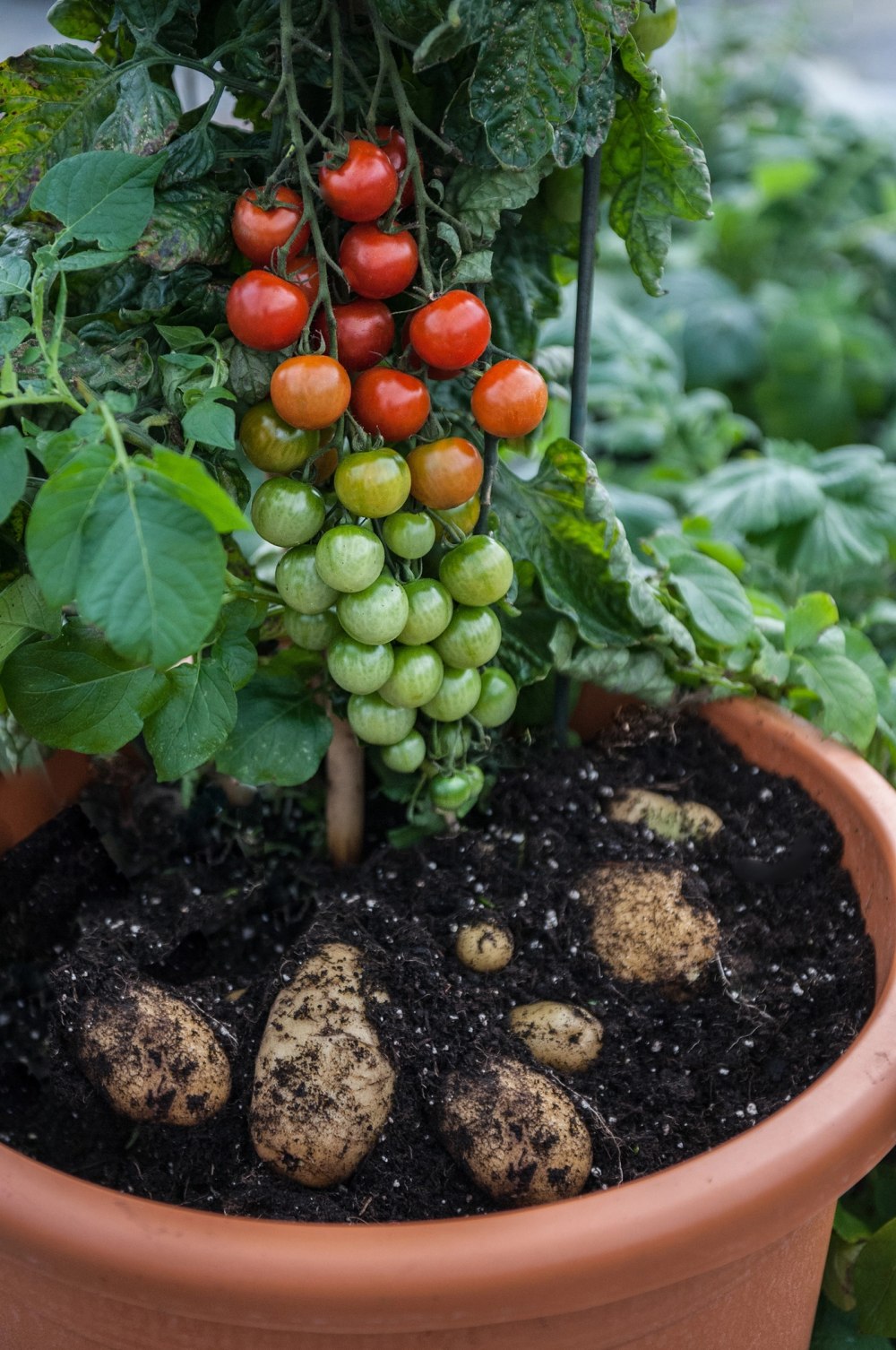
Image credit: SuperNaturals
Yes, this means that you can have ketchup and fries from the same plant and that’s what this amazing variety is actually called: the Ketchup ‘n’ Fries plant (known as “TomTato” in the UK). It’s a hybrid that has a vine growing cherry tomatoes while its roots grow white potatoes—what a nice combination! Interestingly, it’s not a result of genetic engineering, but a process called “grafting”, whereby the tomatoes are “spliced onto potato rootstock,” the Oregonian explains.
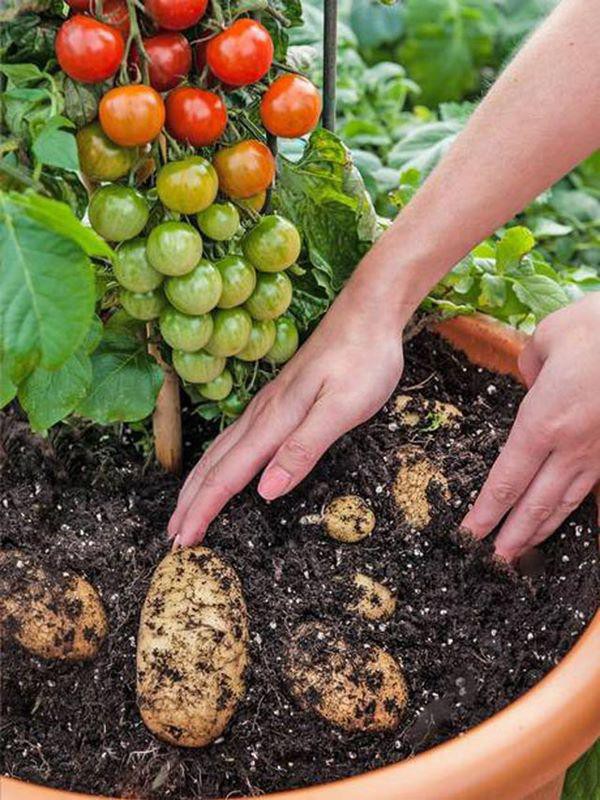
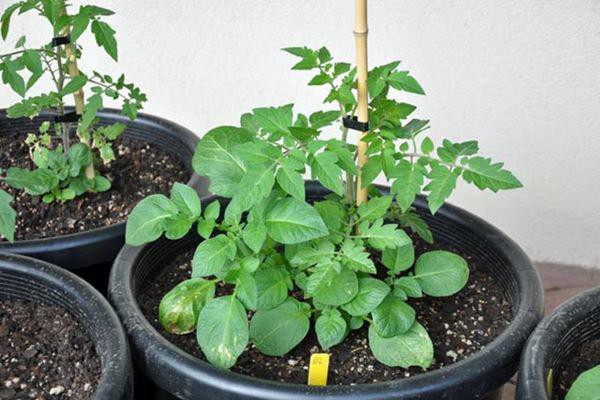
“It’s like a science project,” says Alice Doyle of SuperNaturals Grafted Vegetables, the company that’s licensing the variety for U.S. markets from Thompson & Morgan, the U.K. company that developed it. “It’s something that is really bizarre, but it’s going to be fun [for gardeners] to measure and see how it grows.”
“Tomatoes and potatoes are in the same family, and that makes it feasible,” says John Bagnasco, also of SuperNaturals.
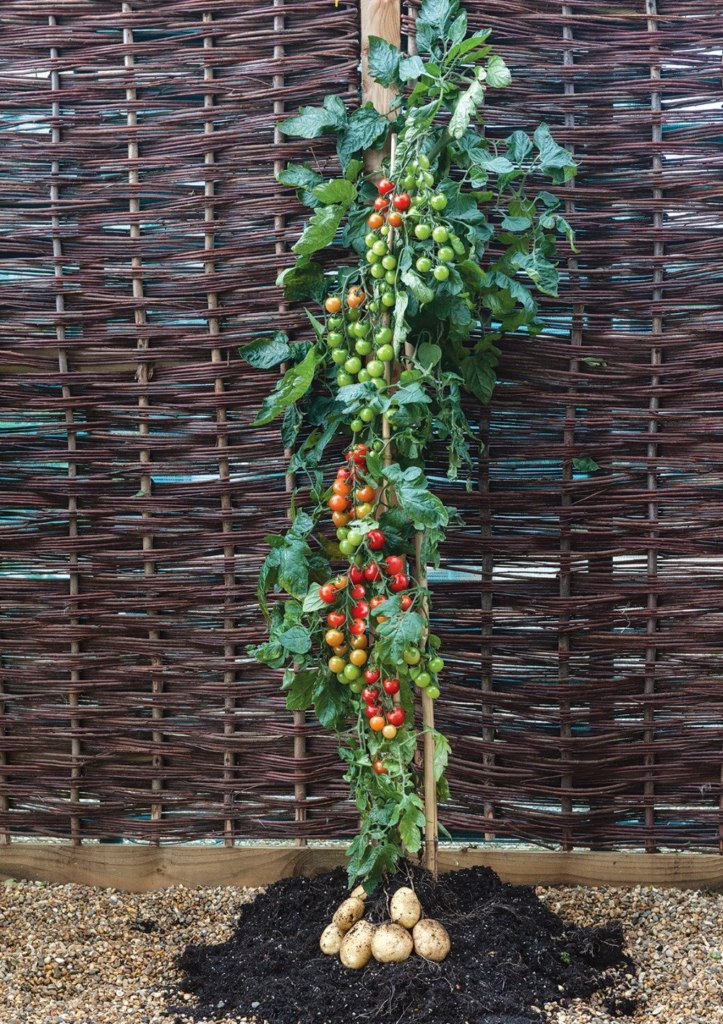
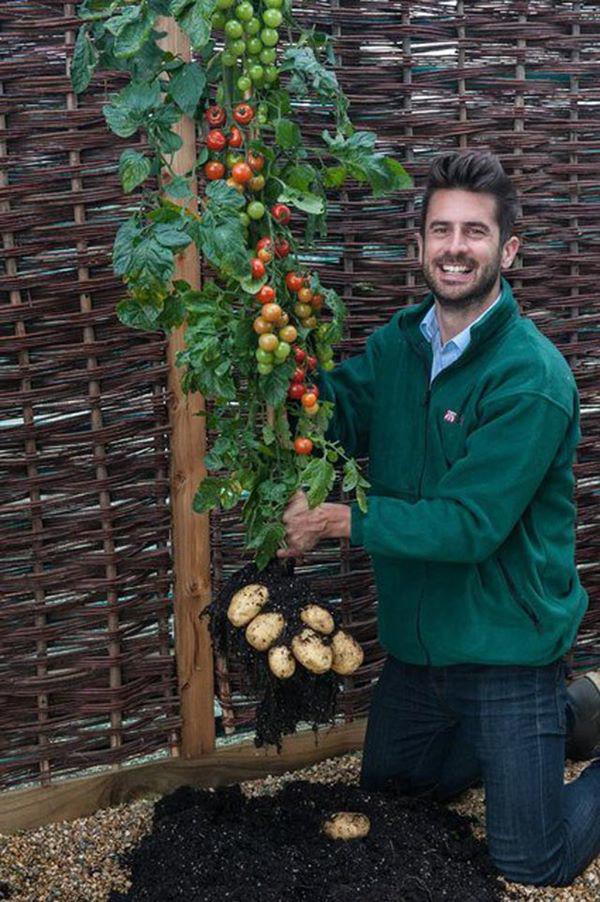
Image credit: Grafted Vegetables
“People have been grafting tomatoes and potatoes for a while, but mostly as a novelty,” the marketing director of the Territorial Seed Company, which sells the hybrid in the US, said, noting that before they could commercialize the plant, it was necessary to research varieties to find ones that “complement each other well.”
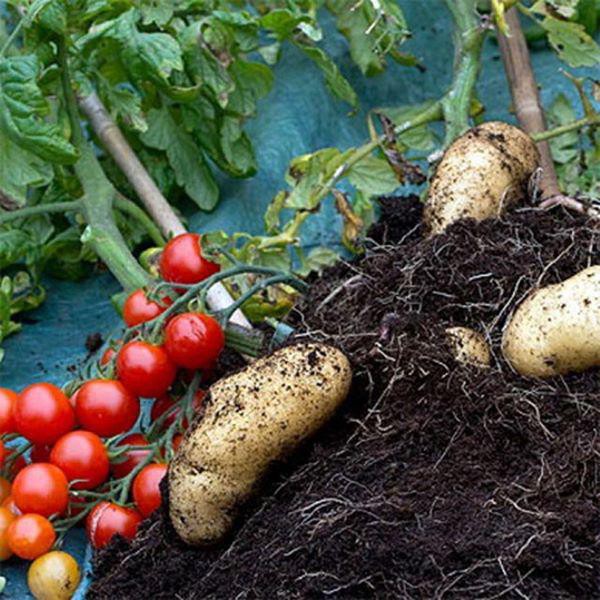
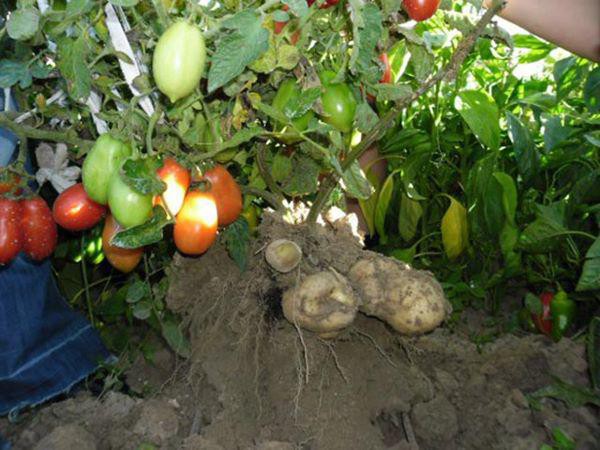
Alright, so what will the the TomTato yield for you? About 500 red cherry tomatoes and 4.5 pounds of potatoes from each plant to make ketchup and fries from. But they taste well unprocessed too, so Stephen Colbert wasn’t really right when he featured the plant on his “The Craziest F#?ing Thing I’ve Ever Heard” segment and called it “unnatural,” claiming that “the only time tomatoes and potatoes should meet is at the bottom of a Styrofoam clamshell.”
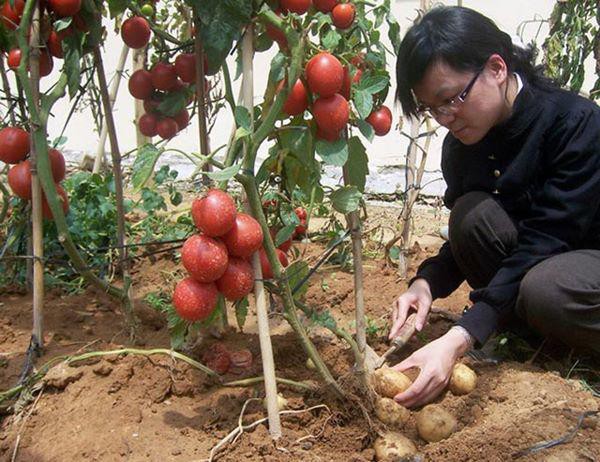
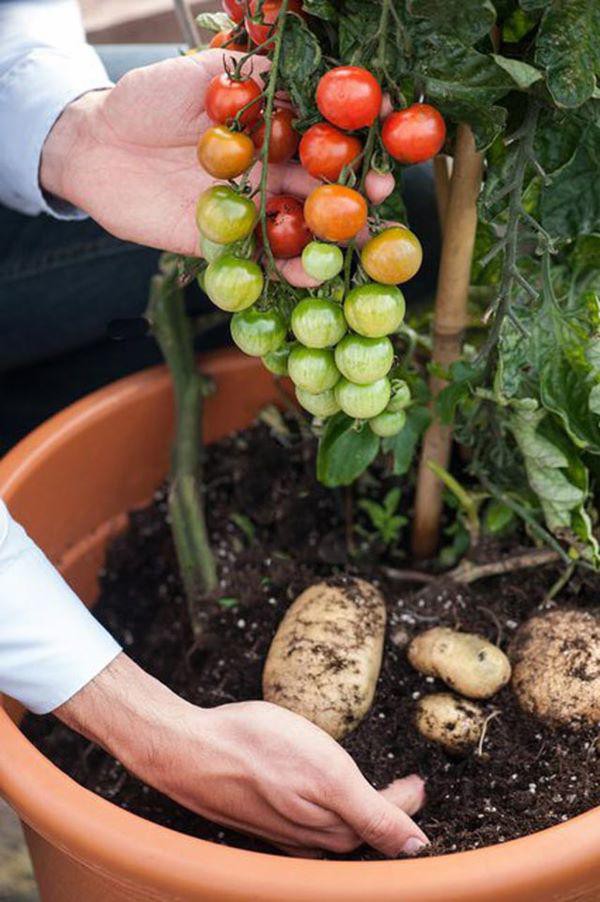
Check out how huge the Ketchup ‘n’ Fries plant can actually grow:
And yes, technically, you could try to produce this hybrid at home, but it would be a rather tedious process as it requires the plant stems you’re joining to be of the same thickness.

